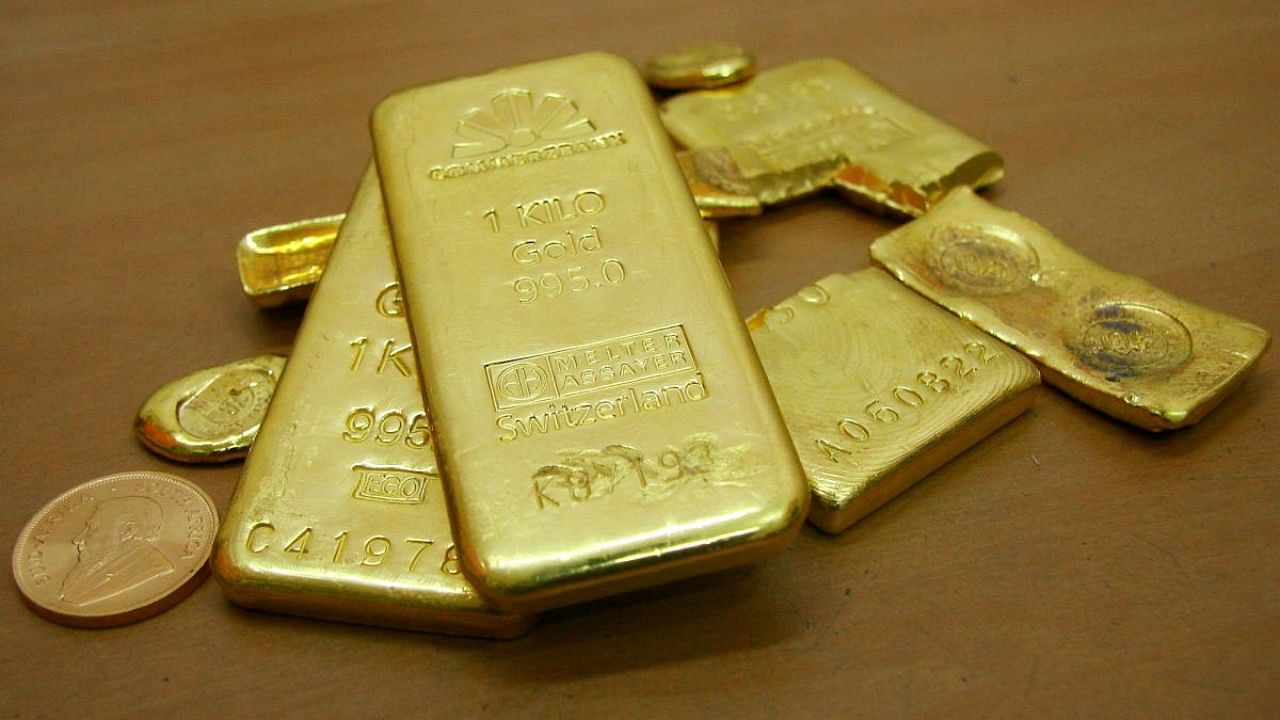
The Covid-related restrictions may have impacted the movement of many goods but not gold. India’s gold imports not just went on unabated but increased manifold. Imagine, in a single month this year, a little ahead of the beginning of the festive season, the gold-hungry country imported as much gold as it had shipped in the full six months of last year — a whopping 120 tonne of gold in August alone. And it that was through official channel alone.
The story of bringing in gold through non-official channels and the modus operandi, that too when the country grappled with the pandemic, is breathtaking. An official report suggests that restrictions put on the movement of people across our borders caused smuggling syndicates to graduate to ingenious concealment methods of not only gold but also narcotics. Official agencies seized gold and narcotics even from ingeniously created cavities in vehicles and from fuel tanks of trucks. The gold had to be carefully extracted from the tanks after cutting them open. Narcotics were seized from the buttons sewed on the garments.
Pandemic was the time when gold also changed its route from air and sea to land, an uncommon travel path for the yellow metal brought from across the borders. In a shift in the trend from 2019-20, when the biggest gold originating region was West Asia, the largest chunk in 2020-21 was sourced from Myanmar. Data shows nearly 70 per cent of total seizures made in 2020-21 were of Myanmarese-origin gold. Only about 13 per cent came from the United Arab Emirates.
India and Myanmar share a 1,643 km border along with four states – Manipur, Mizoram, Nagaland and Arunachal Pradesh. The strategic importance of Myanmar is that it lies between two regional giants – China and India – right in the middle of supply and demand of contraband ranging from cheap cigarettes and exotic animals to gold.
The two routes that cut through the Myanmar border to connect with India are the old Tamu-Moreh-Imphal trajectory in Manipur and the Zokhatwar route in Mizoram. The two are popular from the point of view of trade and transit of both legal and illegal gold. The first stop of gold, smuggled through this route is, Imphal is, followed by Guwahati for aggregation and subsequent distribution to all parts of the country, predominantly by road. Official agencies seized a massive 240 kg of gold of Myanmarese origin in the North-East region last year. The restrictions on air travel throughout the pandemic saw a shift in the modus operandi of smugglers from air to land route through the Indo-Myanmar border. Since the restrictions were also put on rail travel, the yellow metal reached its consumption centres mainly through road – in trucks, passenger vehicles and even two-wheelers.
The resumption of air traffic when the Covid wave ebbed saw a new class of smugglers, the carriers hired specifically for smuggling gold into India. They would make visits ranging from a few days to a couple of weeks to the Gulf countries and return with gold. This was the period when Indians stuck abroad were also used by criminal masterminds to smuggle gold – these were the regular blue-collar workers there who had lost jobs. Conversion of gold to paste and powder and concealing that in the rectum of passengers became a popular method. Each passenger could conceal up to 900 grams of paste or powder wrapped in the capsule of which solid gold extracted could be 90 per cent of the weight of the capsule, the official report suggested.
Tax evasion
So, while India, the globe’s second-largest gold consumer after China, imported nearly 633 tonnes of gold, unofficial estimates suggest yet nearly 400 tonnes were added to the market. Tax evasion is one of the main factors due to which illegally trafficked gold lands into India. Higher taxes on gold have hardly yielded any desired revenue to the government.
Import duty on gold in India was 2 per cent in 2004. It was raised to as high as 12.5 per cent in 2019. Though it was cut to 7.5 per cent in the last year’s budget, the effective import duty remained 10.75 per cent after imposition of various cesses, surcharges and a 3 per cent GST. Experts opine that minor tax cuts do not help reduce gold smuggling because gold is used in the unofficial mode of transferring money into India from overseas, especially Gulf countries.
India normally imports up to 1,000 tonnes of gold every year, another 200 tonnes are added through unofficial channels. In the pandemic year, it was more. The 240 tonnes of Myanmarese origin gold seized by officials was only 69 per cent of the total gold seized in 2020-21. This is a huge dent on taxes in India. The 3 per cent GST on gold has become the major reason for the yellow metal’s unabated smuggling.
The World Gold Council expects the demand for gold in India to remain high. With higher demand, smuggling is also expected to be higher each year. India does not produce gold and almost all of its consumption is taken care of through imports. This, in turn, implies a huge outgo of foreign exchange from the country. This also means a rise in trade and current account deficits. Official data shows India’s trade deficit has been rising continuously since July. With the reopening of the economy and the rise in demand for oil and gold, the trade and current account deficits are expected to rise further. After gold, the second-biggest imported commodity is oil for India, meeting close to 85 per cent of its demands
Since amassing currency notes is not a viable option after demonetisation, gold has emerged even more as a safe haven. As the Union budget nears, the only desired way to reduce gold trafficking appears to be a further cut in duty.
Check out the latest videos from DH:
